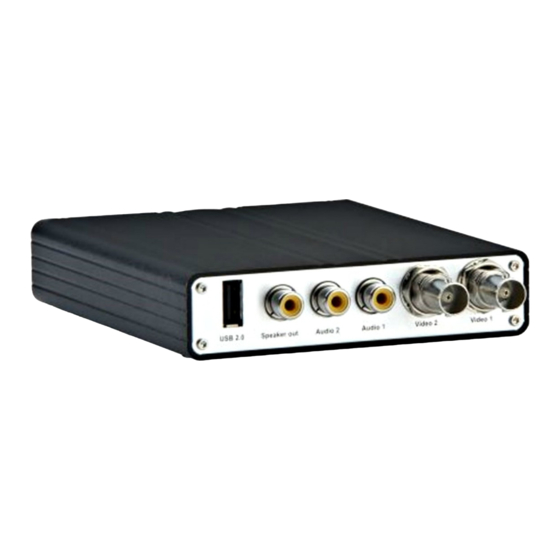
GeoVision GV-VS04H User Manual
Gv-video server
Hide thumbs
Also See for GV-VS04H:
- User manual (185 pages) ,
- Quick start manual (13 pages) ,
- How-to manual (15 pages)












Need help?
Do you have a question about the GV-VS04H and is the answer not in the manual?
Questions and answers